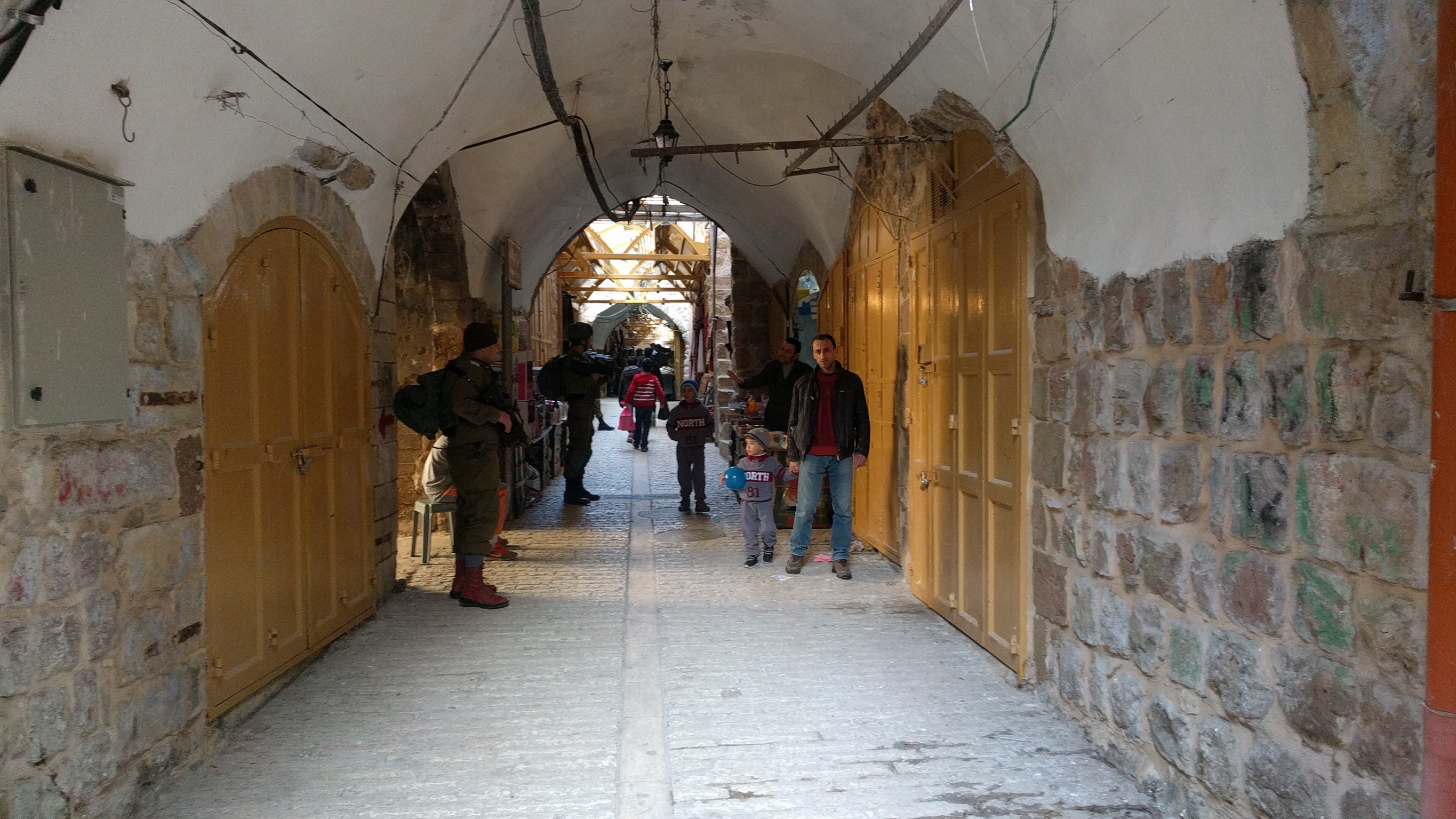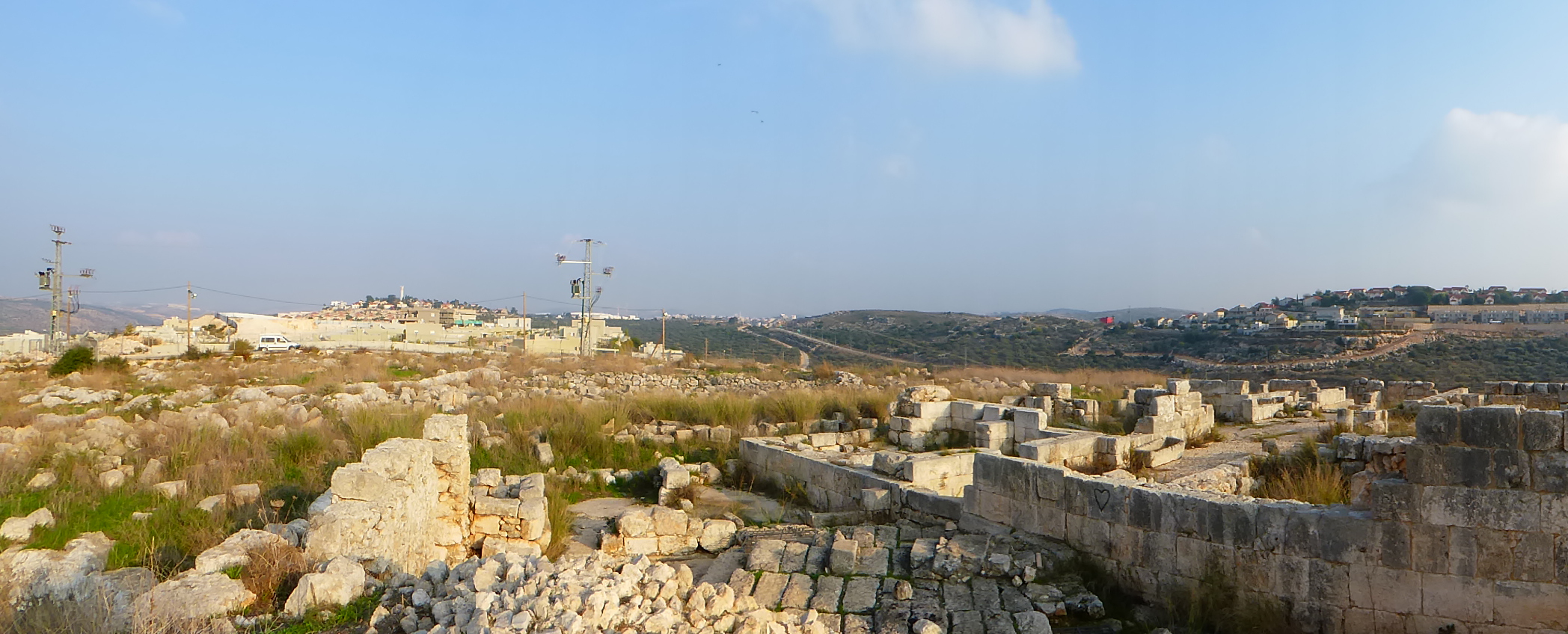Tag: Interview
-
Israel permits settler invasion of Al-Aqsa on Muslim holiday
August 11 | International Solidarity Movement | Old City, East Jerusalem, occupied Palestine Hundreds of settlers invaded the Al-Aqsa compound in Jerusalem’s Old City this morning after Israeli soldiers used tear gas, sound grenades and rubber-coated steel bullets to clear out Muslim worshippers. 61 Palestinians were injured and 15 hospitalised when soldiers and police let…
-
Insidious colonial strategy
7th December 2018 | International Solidarity Movement, Nablus Team | Deir Samaan, Salfit, occupied Palestine In the area of Salfit, harassment by settlers is a regular occurrence. They come to the villages, often late at night, to graffiti messages of hatred, and also vandalize cars and property. New settlements are being established frequently and are…



